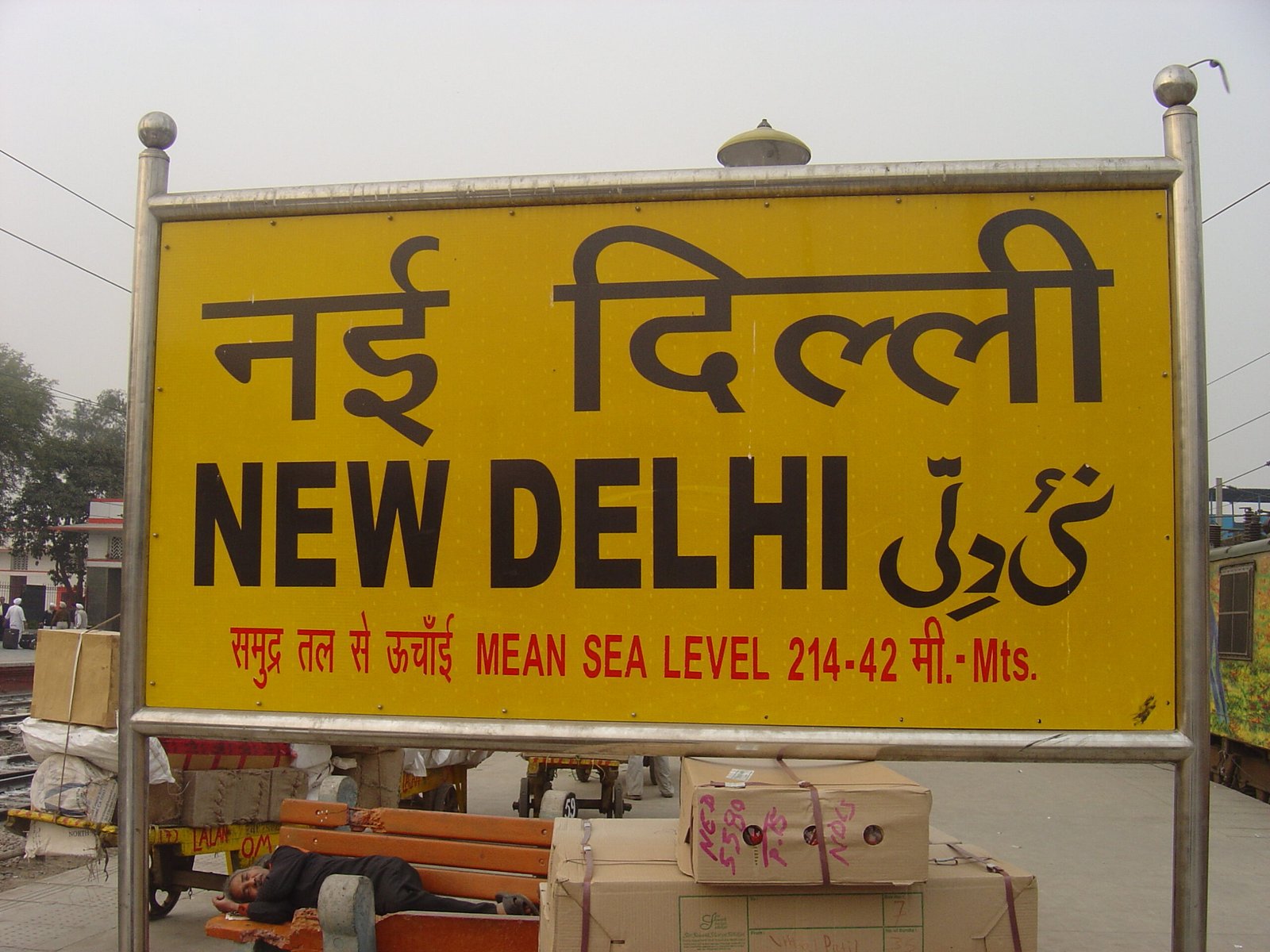A moment of chaos gripped New Delhi Railway Station on Wednesday morning when a headload dropped by a passenger caused widespread panic among travelers. Within seconds, the crowded platform erupted in fear, triggering a stampede-like situation that left several commuters injured and exposed serious lapses in crowd management.
A Heavy Thud—and a Sudden Surge of Fear
The incident unfolded around 8:45 AM, near Gate 2 of the station’s concourse area. A passenger carrying a bulky headload lost grip, and the load came crashing down with a loud sound. In an already packed waiting area, the thud was enough to spark confusion and anxiety—some passengers mistook it for a blast or a collapsing structure.
In the absence of immediate public announcements or direction from station authorities, the panic spread rapidly. Many tried to flee, pushing others and causing people to stumble and fall, especially elderly passengers and women with children.
“I Saw People Falling Behind Me”
Eyewitnesses reported a chaotic few minutes.
“I was near the entrance and suddenly heard a crash behind me,” said Priya Verma, a software engineer on her way to board the Sampark Kranti Express. “People started running without knowing what happened. I saw people falling behind me. There was no information or anyone calming the crowd.”
At least six people were injured, including one senior citizen who suffered a wrist fracture and was taken to a nearby hospital. Others sustained minor bruises or injuries from being trampled or pushed during the rush.
What Officials Are Saying
Authorities were quick to respond but admitted the panic was triggered by confusion, not any real threat.
“There was no explosion or major accident,” said R.K. Meena, Deputy Inspector General (Railways). “The panic was due to a falling headload, but the crowded conditions worsened the response. Our teams were able to control the situation quickly.”
The Railway Protection Force (RPF) has launched a review of CCTV footage to reconstruct the sequence of events and identify any procedural gaps in station management.
Why Are Stampede Risks So Common at Indian Railways Stations?
New Delhi Railway Station is among the busiest in the country, handling over 500,000 passengers daily. During peak hours and before holidays, congestion is routine. What makes this incident troubling is that it occurred during regular weekday movement—raising red flags about preparedness during upcoming festive surges.
Urban Safety Experts Point to Deeper Problems
Dr. Mansi Arora, an urban transport planner, explains:
“The design of railway concourses hasn’t evolved to match real-time crowd dynamics. Narrow access points, lack of crowd flow modeling, and zero panic-management training for staff leave people vulnerable. Even a small disruption becomes dangerous.”
No Real Emergency—But Real Lessons
Although no deaths were reported, the incident is being treated seriously. The Railways has asked for a full report on crowd control readiness, especially since Raksha Bandhan and Independence Day travel surges are expected soon.
In response, officials have promised:
- Temporary deployment of additional RPF and station volunteers
- Improved signage and audio announcement protocols
- Real-time crowd density monitoring using AI-enabled CCTV systems
- Review of bottlenecks near all gates and entry ramps
Is This an Isolated Case?
Unfortunately, no. Indian railway stations have seen similar crowd panic incidents in the past—some with tragic consequences. In 2017, a rush-hour stampede on a Mumbai foot overbridge killed 23 people. In most of these cases, the root cause is the same: high density, poor communication, and no trained personnel to manage crowd psychology.
Key Takeaway for Passengers
If you’re traveling from New Delhi Railway Station:
- Arrive early and avoid crowding near entrances or gates
- Stay calm and avoid reacting to unverified triggers
- Follow announcements and staff instructions carefully
- Keep elderly or children close and away from surge-prone areas
Railway officials are urging passengers not to panic in case of noise, dropped luggage, or sudden surges, and to help maintain orderly movement—especially during boarding and deboarding windows.
What’s Next?
A full safety audit of New Delhi Station is now underway. This includes gate and corridor flow assessments, emergency signage checks, and simulation drills. Authorities say the learnings will be extended to other high-footfall NCR stations like Ghaziabad, Anand Vihar, and Hazrat Nizamuddin.
For now, the incident stands as a strong reminder: even in the absence of an actual threat, fear without planning can lead to real harm.
FAQs
What caused the stampede-like situation at New Delhi Railway Station?
The panic began when a passenger accidentally dropped a heavy headload on the platform, causing a loud thud. In the crowded concourse, the noise triggered fear, and people started running, mistaking it for a threat.
Were there any injuries reported?
Yes, at least six people were injured, including a senior citizen who suffered a fracture. Most others sustained minor injuries due to falls and pushing during the panic.
Was it a bomb blast or structural collapse?
No. Authorities confirmed that there was no explosion or structural failure. The panic was entirely due to misinterpretation of the noise caused by a falling headload.
How did the railway staff respond?
The Railway Protection Force (RPF) and station officials responded quickly to contain the panic. However, lack of prior announcements and crowd-handling protocols delayed effective control in the initial moments.
Is New Delhi Railway Station safe for travelers?
While it’s among the busiest stations in India, authorities are now reviewing safety protocols. Additional staff deployment, better signage, and AI-based crowd monitoring are being introduced to enhance safety.
What steps are being taken to prevent such incidents?
The railways have initiated a safety audit of entry points, crowd flows, and emergency communication. Improvements include more announcements, visible signage, and increased staffing during peak hours.
Has something like this happened before in India?
Yes, India has witnessed multiple stampedes at railway stations in the past, most notably the 2017 Elphinstone bridge incident in Mumbai, which resulted in 23 deaths. Crowd mismanagement is a recurring issue at high-density stations.

